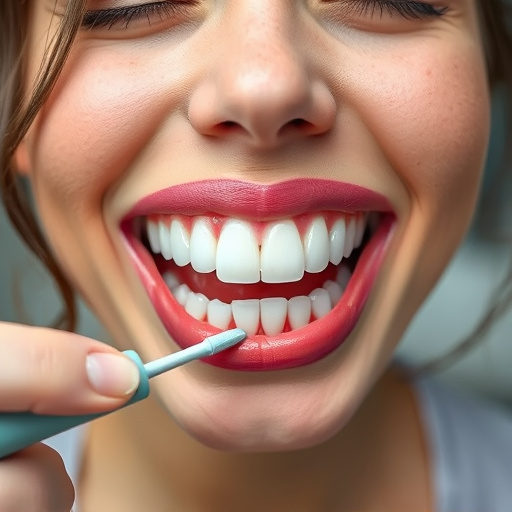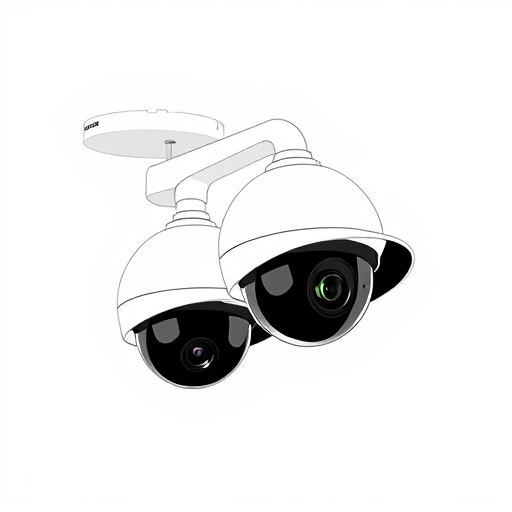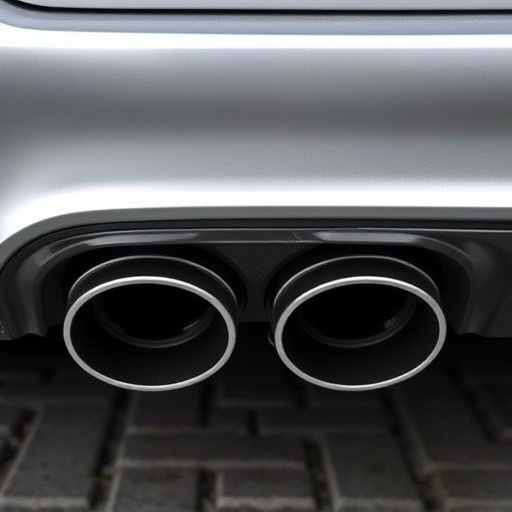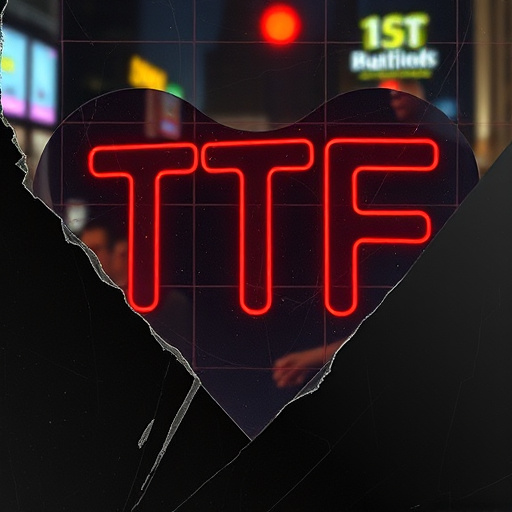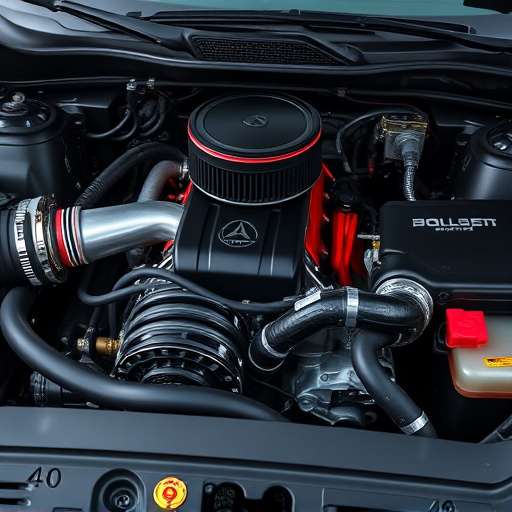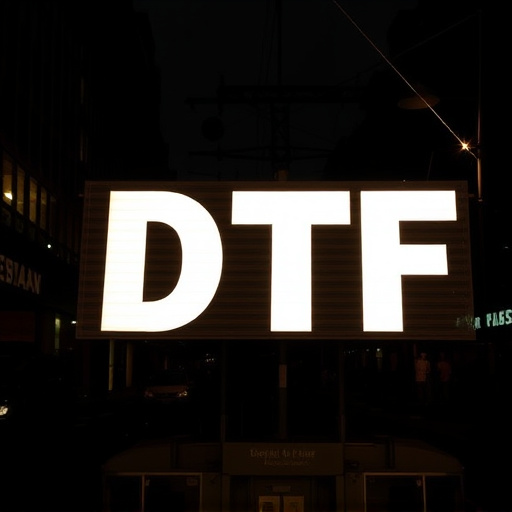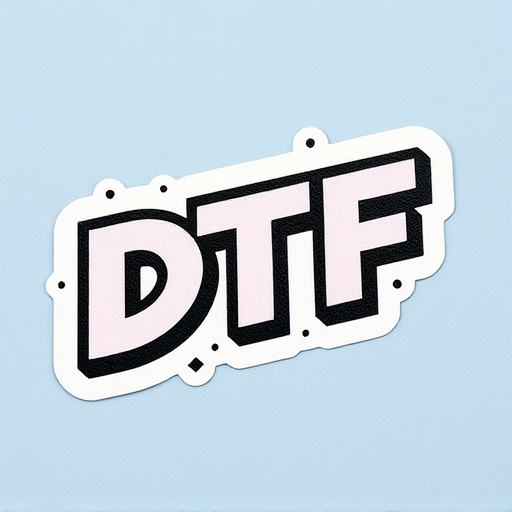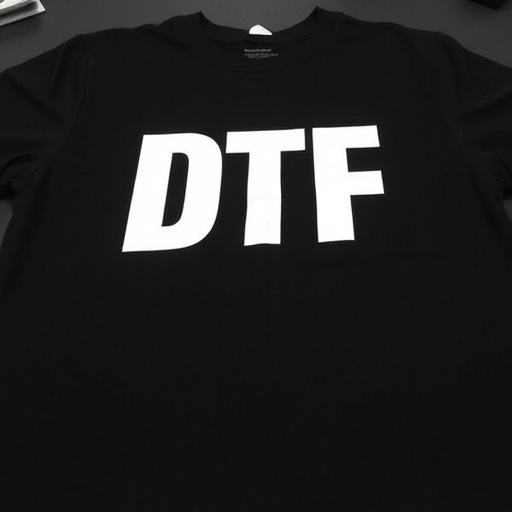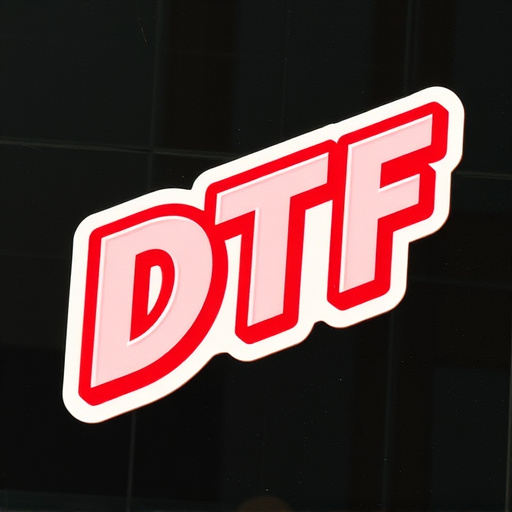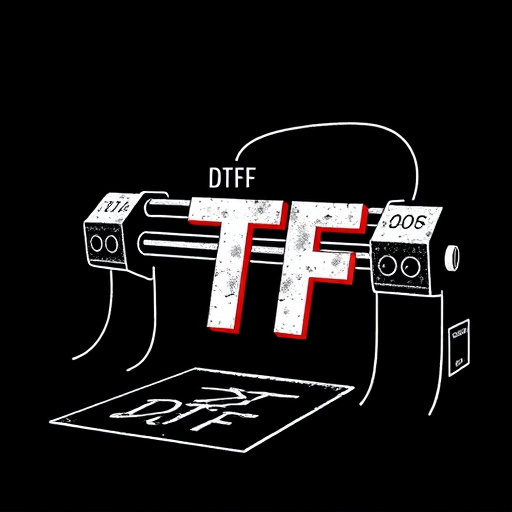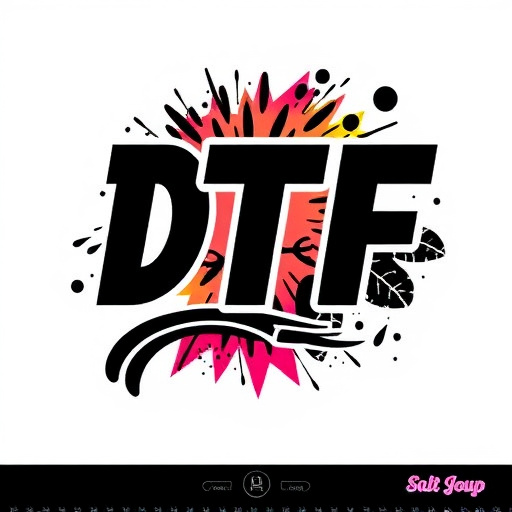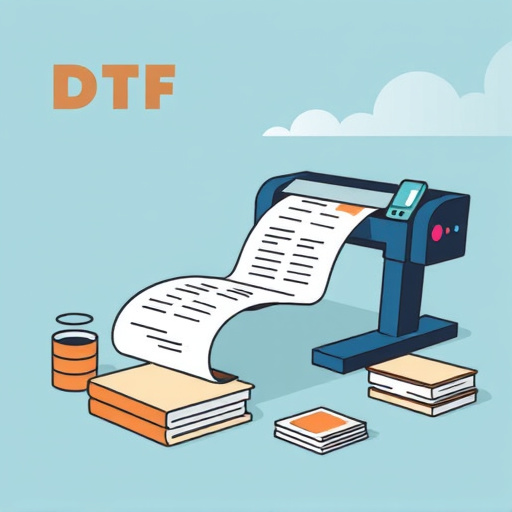DTF Transfer Gang Sheets are printing templates optimized for Direct-To-Fabric (DTF) technology, enabling precise design placement and efficient multi-job production. Balancing margin settings is crucial for high-quality prints, durability, and aesthetics, while minimizing waste and time. For optimal results, designers should consider their artwork's complexities, set margins slightly larger than transfer tool width, and use digital measurement tools for consistent accuracy across gang sheets.
Understanding margins on DTF Transfer Gang Sheets is essential for optimizing print quality and minimizing waste. This guide delves into the intricacies of DTF (Direct-To-Film) transfers, explaining what these sheets are and how margins significantly impact the process.
We’ll explore best practices for setting and managing margins, ensuring precise alignment, minimizing material wastage, and delivering high-resolution prints. By mastering this technique, you can enhance your printing efficiency and produce superior results.
- What are DTF Transfer Gang Sheets?
- How Do Margins Impact DTF Transfers?
- Best Practices for Setting and Managing Margins on DTF Transfer Gang Sheets
What are DTF Transfer Gang Sheets?
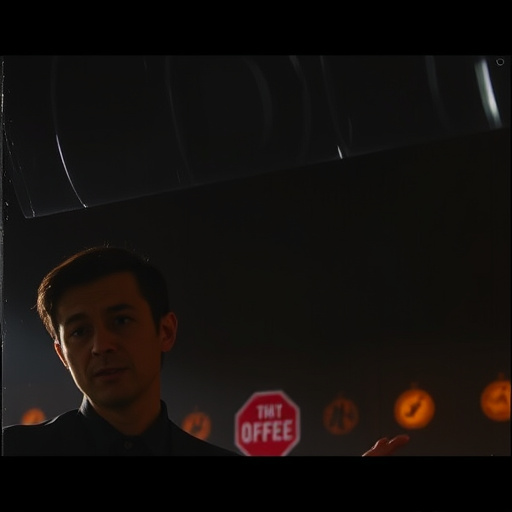
DTF Transfer Gang Sheets are specialized printing templates designed for the transfer of designs onto various materials using Direct-To-Fabric (DTF) technology. These sheets act as a guide, ensuring precise placement and alignment of intricate patterns during the heat press process. Each sheet typically comprises multiple sections or ‘gangs’, allowing for efficient production by accommodating several print jobs simultaneously.
Understanding DTF custom orders is key to mastering these gang sheets. The process involves preparing dtf file formats that are compatible with specific printing machines, followed by careful placement of designs within each gang section. Proper dtf heat transfer techniques and file preparation are essential to achieving high-quality, consistent results.
How Do Margins Impact DTF Transfers?
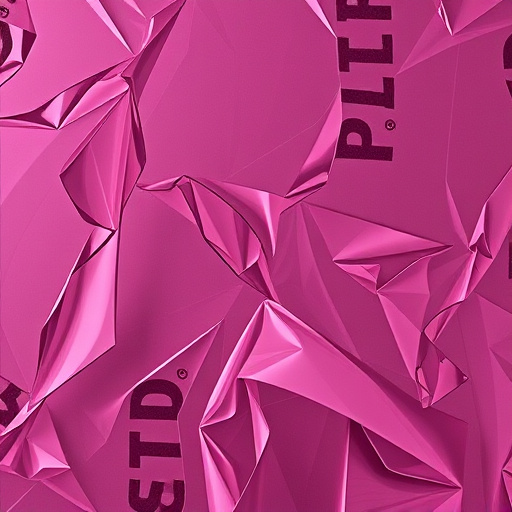
The margins on DTF Transfer Gang Sheets play a significant role in the overall success and quality of DTF printing processes. In simple terms, margins refer to the space or area around the design or image when it’s printed onto a substrate, such as fabric. Optimizing these margins ensures that the DTF durability is not compromised and that each DTF printed shirt meets high-quality standards.
When designing for DTF transfer printing, careful consideration of margins is essential. Insufficient margins might lead to issues like design overlap or cutting off details, resulting in a less than ideal final product. On the other hand, larger margins can waste material and increase production time. Therefore, finding the right balance in margin settings is key to achieving precise DTF transfer printing results while maintaining efficiency.
Best Practices for Setting and Managing Margins on DTF Transfer Gang Sheets

When setting and managing margins on DTF Transfer Gang Sheets, best practices include maintaining a balance between adequate spacing for precise cutting and minimizing waste. Start by understanding your design’s intricate details and the specifications of your DTF transfer film. Set margins that allow for accurate registration during the transfer process while leaving enough space to prevent overspray or misalignment. A common rule of thumb is to set margins slightly larger than the width of your blade or transfer tool, ensuring clean cuts and minimizing errors.
Regularly review and adjust these margins as needed based on factors like design complexity and material thickness. High-quality DTF design transfers demand precise settings to achieve optimal results. Consider using digital measurement tools to ensure consistent margin accuracy across multiple gang sheets. This meticulous approach guarantees that your final cutouts are not only accurate but also reduce the wastage of valuable DTF transfer film, promoting sustainability in your workflow.
Understanding margins is essential for optimizing DTF transfer processes. By carefully managing these parameters in gang sheets, you can enhance efficiency, reduce waste, and ensure accurate results. Adhering to best practices for setting margins allows for seamless integration within the DTF transfer workflow, making it a crucial aspect for any print or packaging operation utilizing this technology.

